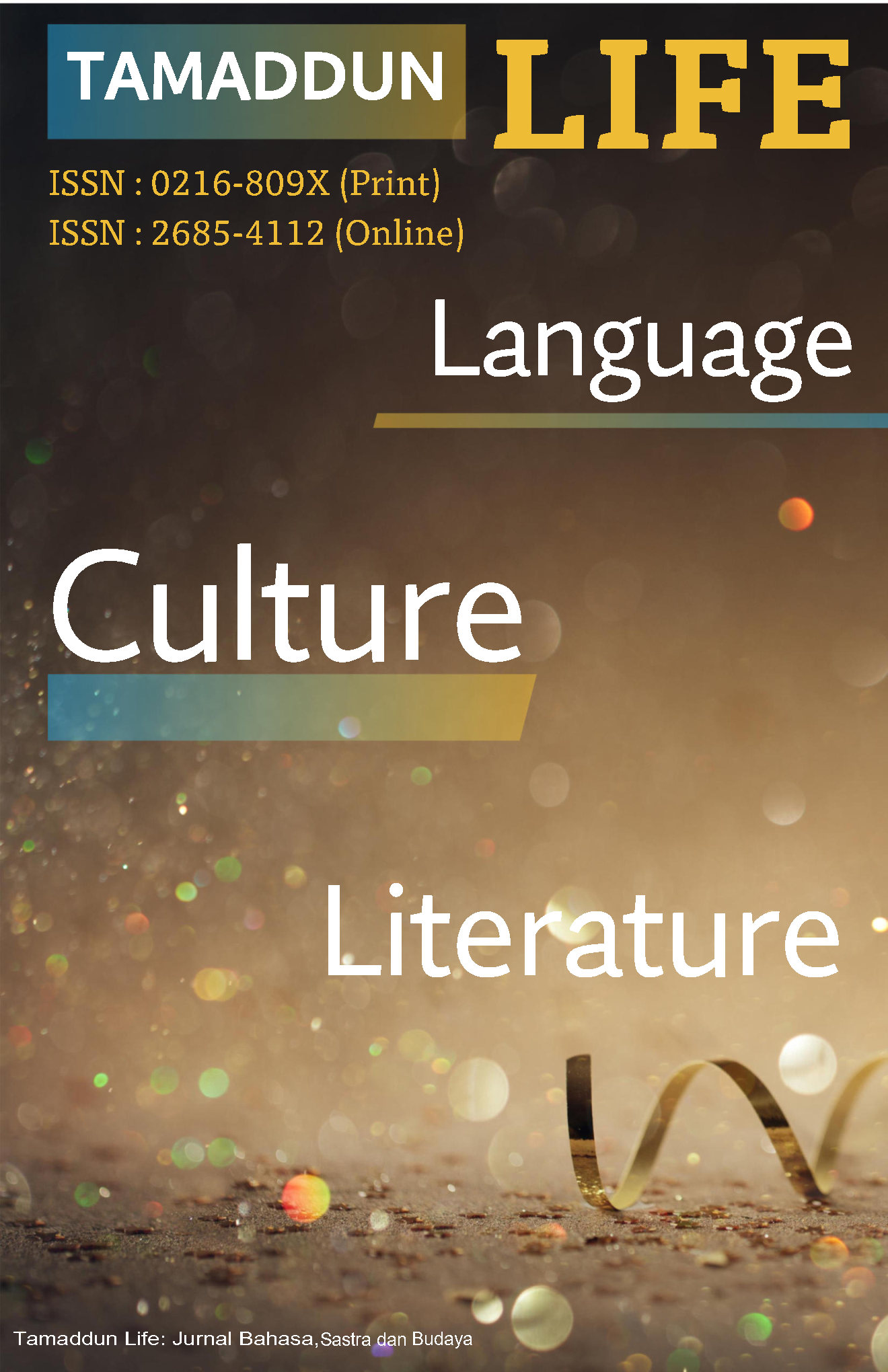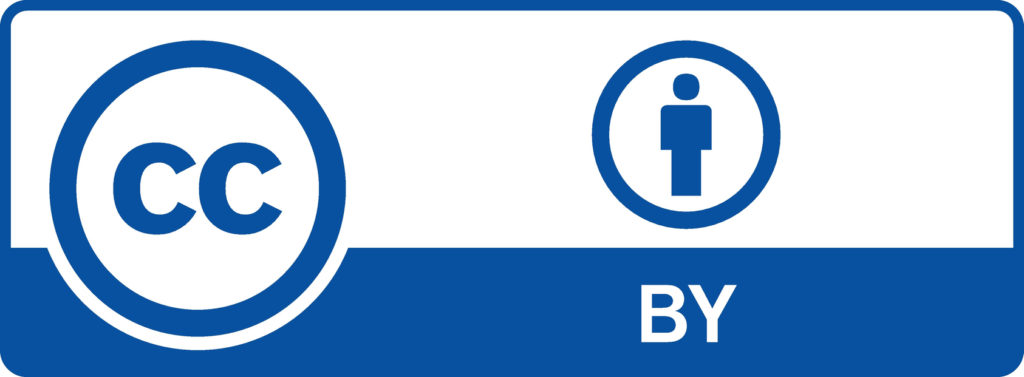Gender-Based Preferences and Experiences in Using Interactive Quiz Platforms: A Qualitative Study of EFL Students
DOI:
https://doi.org/10.33096/tamaddun.v24i1.864Kata Kunci:
gender preferences, interactive quiz platforms, Quizizz, Kahoot, EFL learningAbstrak
This study investigates gender-based differences in students’ preferences and experiences with interactive quiz platforms Quizizz and Kahoot among English Tadris students at STAIN Mandailing Natal. Employing a qualitative descriptive approach, the research involved 30 participants, equally divided by gender (15 male and 15 female students), selected through purposive sampling. Data were collected through semi-structured interviews and document analysis, then analyzed thematically using Braun and Clarke’s framework. Four primary themes guided the analysis: ease of use, technical and accessibility features, learning motivation, and material comprehension. Findings indicate that while both male and female students preferred Quizizz for its intuitive design and support for self-paced learning, notable gender differences emerged in motivation and usage patterns. Male students favored Kahoot due to its competitive features, such as real-time leaderboards and time-bound questions, which enhanced engagement and fostered a stimulating classroom environment. Conversely, female students valued Quizizz’s calm, flexible learning experience, which minimized anxiety and allowed for deeper understanding through repeated practice and instant feedback. The results suggest that gender plays a critical role in shaping students’ engagement with educational technologies, particularly those that integrate gamification elements. The study highlights the importance of aligning technological tools with learners’ individual preferences to optimize engagement and learning outcomes. Practical implications point to the need for more inclusive and adaptive instructional strategies when integrating digital platforms in EFL settings. Future research is recommended to explore larger samples and diverse educational contexts for broader generalizability.
Referensi
Bates, A. W. (2015). Teaching in a digital age: Guidelines for designing teaching and learning. Tony Bates Associates Ltd.
Bowers, D., Rabourne, D., & McKeirnan, K. (2023). Impact of practice quizzes on student perceptions and assessment outcomes of a third-year pharmacotherapy course. Pharmacy Education, 23(1), 329–338. https://doi.org/10.46542/pe.2023.231.329338
Braun, V., & Clarke, V. (2006). Using thematic analysis in psychology. Qualitative Research in Psychology, 3(2), 77–101.
Dengri, C., Gill, A., Chopra, J., Dengri, C., Koritala, T., Khedr, A., … & Jain, N. (2021). A review of the quiz, as a new dimension in medical education. Cureus. https://doi.org/10.7759/cureus.18854
Deterding, S., Dixon, D., Khaled, R., & Nacke, L. (2011). From game design elements to gamefulness: Defining "gamification". In Proceedings of the 15th international academic MindTrek conference: Envisioning future media environments (pp. 9–15). ACM.
Ezzaim, A., Dahbi, A., Haidine, A., & Aqqal, A. (2024). The impact of implementing a Moodle plug-in as an AI-based adaptive learning solution on learning effectiveness: Case of Morocco. International Journal of Interactive Mobile Technologies (iJIM), 18(1), 133–149. https://doi.org/10.3991/ijim.v18i01.46309
Fryer, L. K., & Bovee, H. N. (2021). Supporting gender inclusivity in gamified learning environments. Computers & Education, 167, 104183. https://doi.org/10.1016/j.compedu.2021.104183
Garrison, D. R., & Kanuka, H. (2004). Blended learning: Uncovering its transformative potential in higher education. The Internet and Higher Education, 7(2), 95–105.
Gholami, V., & Moghaddam, M. (2013). The effect of weekly quizzes on students’ final achievement score. International Journal of Modern Education and Computer Science, 5(1), 36–41. https://doi.org/10.5815/ijmecs.2013.01.05
Graham, C. R. (2013). Emerging practice and research in blended learning. In M. G. Moore (Ed.), Handbook of distance education (pp. 333–350). Routledge.
Griff, E., & Matter, S. (2012). Evaluation of an adaptive online learning system. British Journal of Educational Technology, 44(1), 170–176. https://doi.org/10.1111/j.1467-8535.2012.01300.x
Hamari, J., Koivisto, J., & Sarsa, H. (2016). Does gamification work? – A literature review of empirical studies on gamification. In 2014 47th Hawaii international conference on system sciences (pp. 3025–3034). IEEE.
Hasbi, A. I. P., Abduh, A., Basri, M. A., & Tahir, M. (2025). The use of code mixing by foreign refugees in multilingual environment of Makassar City towards English language teaching in Indonesia. KLASIKAL: Journal of Education, Language Teaching and Science, 7(1), 229–239.
Hollstein, B. (2011). Qualitative approaches. In J. Scott & P. J. Carrington (Eds.), The SAGE handbook of social network analysis (pp. 404–416). SAGE Publications.
Hwang, G. J., & Wu, P. H. (2019). Facilitating interactive problem-solving strategies through technology-supported interactive learning environments. Computers & Education, 138, 1–12.
Nugroho, A., & Susanto, E. (2022). Factors influencing students' acceptance of online learning technologies: An integrated review. Education and Information Technologies, 27(1), 47–73. https://doi.org/10.1007/s10639-021-10585-x
Orr, R., & Foster, S. (2013). Increasing student success using online quizzing in introductory (majors) biology. CBE—Life Sciences Education, 12(3), 509–514. https://doi.org/10.1187/cbe.12-10-0183
Perdana, I., Saragi, R. E. S., & Aribowo, E. K. (2020). Persepsi siswa terhadap pemanfaatan media Kahoot dalam pembelajaran bahasa Indonesia. Kwangsan, 8(2), 290–306.
Plass, J. L., Homer, B. D., & Kinzer, C. K. (2015). Foundations of game-based learning. Educational Psychologist, 50(4), 258–283.
Plump, C. M., & LaRosa, J. (2017). Using Kahoot! in the classroom to create engagement and active learning: A game-based technology solution for eLearning novices. Management Teaching Review, 2(2), 151–158.
Selwyn, N. (2007). The use of computer technology in university teaching and learning: A critical perspective. Journal of Computer Assisted Learning, 23(2), 83–94.
Sweller, J., van Merriënboer, J. J. G., & Paas, F. (2019). Cognitive architecture and instructional design: 20 years later. Educational Psychology Review, 31(2), 261–292. https://doi.org/10.1007/s10648-019-09465-5
Teo, T. (2010). A path analysis of pre-service teachers' attitudes to computer use: Applying and extending the technology acceptance model in an educational context. Interactive Learning Environments, 18(1), 65–79.
Thomas, R., Weywadt, C., Anderson, J., Martinez-Papponi, B., & McDaniel, M. (2018). Testing encourages transfer between factual and application questions in an online learning environment. Journal of Applied Research in Memory and Cognition, 7(2), 252–260. https://doi.org/10.1016/j.jarmac.2018.03.007
Wang, A. I., & Tahir, R. (2020). The effect of using Kahoot! for learning – A literature review. Computers & Education, 149, 103818.
Yang, C., Luo, L., Vadillo, M., Yu, R., & Shanks, D. (2021). Testing (quizzing) boosts classroom learning: A systematic and meta-analytic review. Psychological Bulletin, 147(4), 399–435. https://doi.org/10.1037/bul0000309
Unduhan
Diterbitkan
Versi
- 2025-07-01 (2)
- 2025-07-01 (1)
Terbitan
Bagian
Lisensi
Hak Cipta (c) 2025 Sri Wahyuni Hasibuan, Zulfikar, Dina

Artikel ini berlisensi Creative Commons Attribution 4.0 International License.
Authors who publish with Tamaddun journal agree to the following terms:
1. Authors retain the copyright and grant Tamaddun the right of first publication. The work will be licensed under a Creative Commons Attribution License (CC BY 4.0), which permits others to share the work with proper acknowledgment of the authorship and initial publication in this journal.
2. Authors may enter into additional non-exclusive agreements for the distribution of the published version of their work (e.g., posting it to an institutional repository or including it in a book), provided that the initial publication in this journal is acknowledged.
3. Authors are encouraged to post their work online (e.g., in institutional repositories or on their personal websites) before and during the submission process. This can lead to productive exchanges and increase the visibility and citation of the published work.






